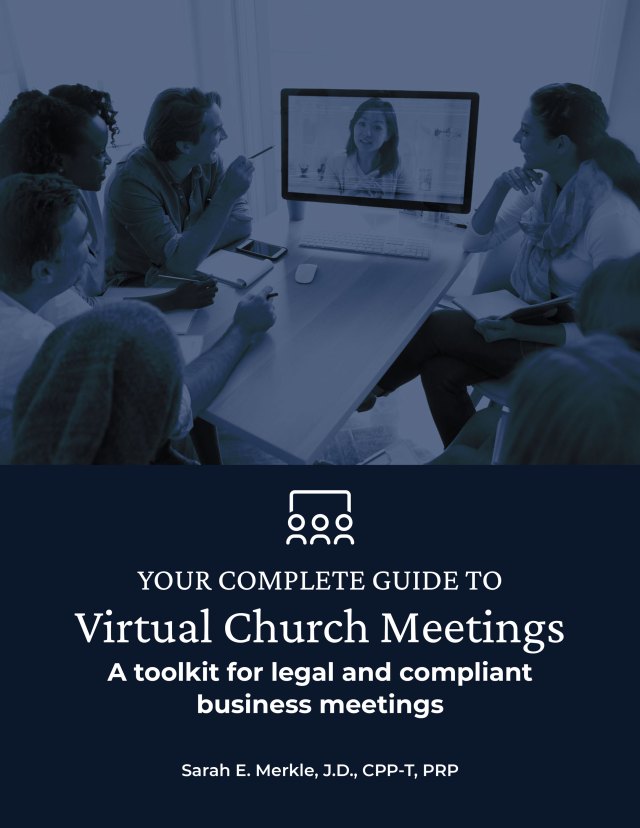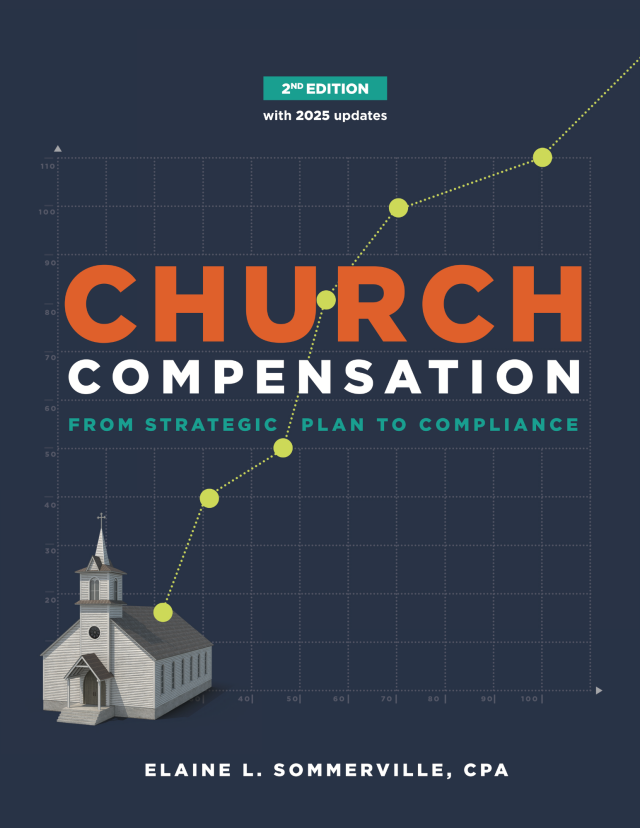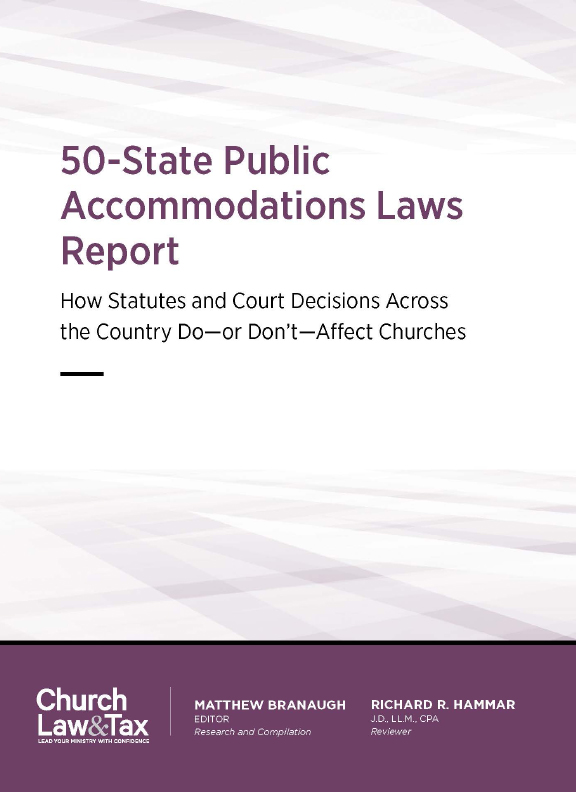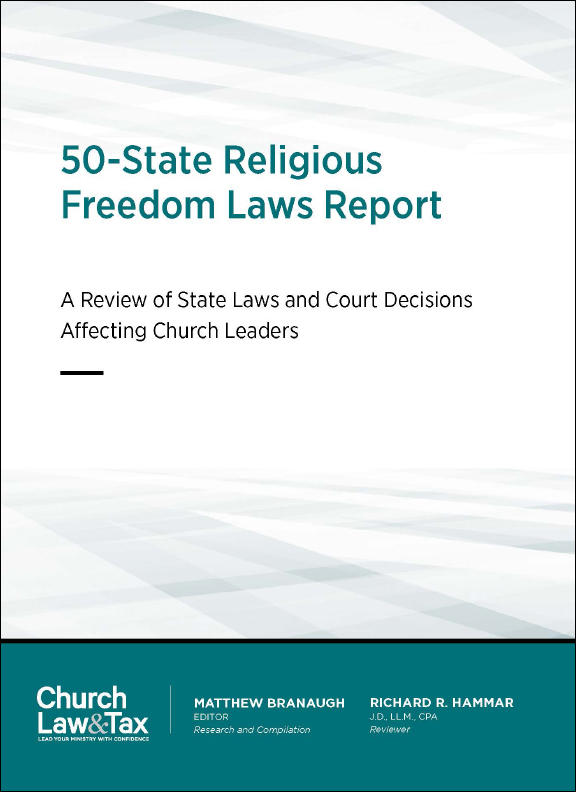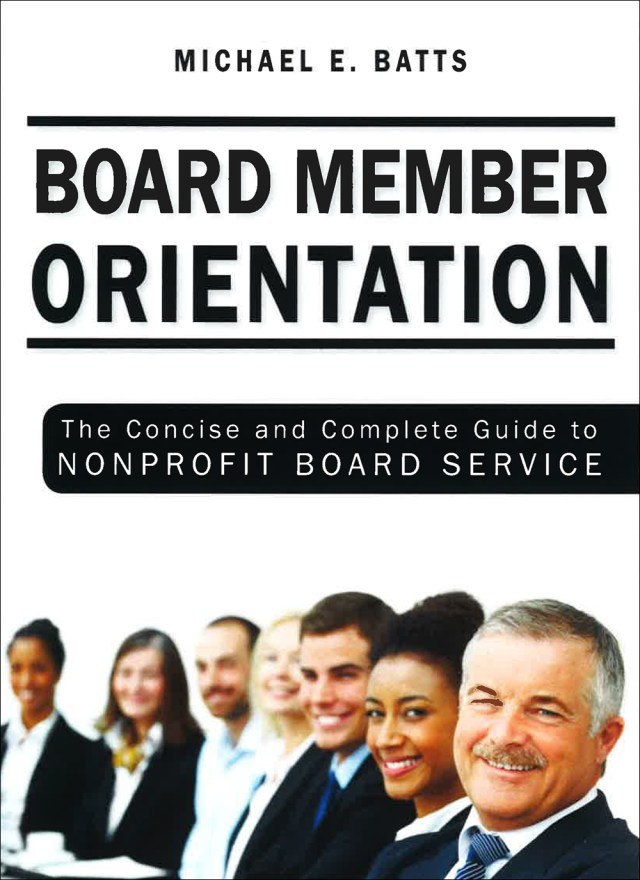In recent years, and without much fanfare, many churches have quietly shifted their governance structures, moving from structures where voting rights for key decisions reside with members of the congregation to structures where that authority exclusively rests in the hands of a group of elders or the church’s board.
To church leadership, the shift may make sense on paper, reducing burdens and creating efficiencies. But making such a shift also threatens to erode the trust of a congregation if it is done for the wrong reasons, or if it is done for good reasons, but mishandled. When such a significant change goes awry—as has been witnessed at a handful of high-profile churches—the consequences can be devastating.
Christianity Today’s podcast The Rise and Fall of Mars Hill powerfully demonstrates the trouble that can arise in a church when decision-making power gets consolidated.
Situations like this one offer an important caution: Church leaders are wise to review and understand their church’s governance model, and why it exists, before making plans to change it. And if they choose to pursue a change, leaders must carefully contemplate how to communicate with their congregations to demonstrate transparency and integrity throughout that process.
What is church governance?
The word “governance” comes from a Greek word meaning “to pilot” or “to steer.” In the context of church operations, governance connotes who has decision-making authority in significant matters such as buying or selling church property, adopting the annual budget, the approval of a merger or acquisition, and the hiring or firing of key leaders.
A church’s governance structure most commonly gets set at the time the church is founded. How it gets set depends on several factors, including denominational affiliations.
The role of bylaws
Many churches incorporate at their founding. Whether incorporated or not, nearly all adopt governing documents known as bylaws. These documents define the systems and processes for decision-making and leadership within the church.
Common Church Governance Models
Church bylaws typically reflect one of these models:
- Board-led church: A governing board (e.g., elders, trustees, directors) acts on behalf of the congregation. The board makes operational decisions without congregational involvement, unless required by state law.
- Congregation-led church: Members vote on major decisions, as outlined in the bylaws. This model encourages broad participation and transparency.
- Denomination-led church: A hierarchical structure, governed by a Book of Discipline or similar document. Local churches operate under the oversight and guidelines of the denomination.
A Healthy Governance Ecosystem
A strong governance model often includes:
- Pastoral leadership
- A governing board (elders, trustees, directors)
- The congregation
All three components can coexist across different governance models.
Shifting Governance Trends
After more than 20 years representing churches, I’ve reviewed hundreds of bylaws. While the congregation-led model remains common, many churches are now shifting toward board- or elder-led models that consolidate decision-making.
This shift often occurs through bylaw revisions, reducing or eliminating the congregation’s decision-making role. When one part of the governance ecosystem is removed, problems frequently arise.
The Role of Church Members
Church members are often the lifeblood of a congregation. Removing their voice from decisions can cause confusion and distrust.
A Personal Example
I grew up in a rural church with fewer than 200 members. These members:
- Maintained the building
- Provided music and administration—unpaid
- Shared meals and supported one another
Quarterly business meetings allowed members to vote on everything from budgets to special events. Membership came through baptism and fellowship. Members were deeply invested in church operations.
When a congregation-led church changes its structure suddenly, members can feel blindsided.
Why Churches Shift Away from Congregation-Led Models
Church leaders may choose to move away from congregation-led structures for reasons like:
- Avoiding conflict: To reduce tension during contentious meetings.
- Increasing efficiency: To streamline decisions without red tape.
However, fast decisions are not always wise. Requiring a majority or supermajority ensures careful deliberation and protects against impulsive decisions.
When Governance Changes Cause Conflict
I’ve observed a rise in litigation tied to governance changes, especially when:
- Membership definitions are altered
- Bylaws are revised without transparency
Courts are increasingly weighing in—especially when the dispute involves corporate governance rather than doctrine.
Key Legal Insight
Judges often side with long-term attendees and donors who are excluded from decision-making, especially if they were not informed of bylaw changes. Courts can rule on corporate matters that don’t require interpreting religious doctrine.
A Notable Cautionary Tale: Mars Hill Church
Mars Hill never used a congregation-led model, but its downfall underscores the risks of governance consolidation.
Founded in 1996, Mars Hill grew to 12,000 weekly attendees across 15 campuses. In 2014, internal conflicts and leadership issues led to its collapse.
One key decision: Founder Mark Driscoll revised the bylaws to concentrate power among a small group of elders—including himself. This governance shift limited accountability and fueled the church’s downfall. (See The Rise and Fall of Mars Hill, Episode 7.)
Six Key Considerations Before Changing Governance
Churches considering a move from congregation-led to board-led structures should address these:
- Assess current governance: Review bylaws, incorporation documents, and denominational rules.
- Check state laws: Some states require congregational votes regardless of internal governance.
- Evaluate current model: Consider the reasons your church chose a congregation-led model.
- Explore alternatives: Could your goals be met within the existing model?
- Plan the process: How will you involve the congregation, communicate changes, and handle dissent?
- Handle legal updates: Revise incorporation documents and bylaws to align with new governance.
Proceed with Transparency and Caution
A governance change made in secrecy can devastate a church. The Mars Hill story offers a strong caution: concentrated power with no accountability can create lasting damage.
Additional Resources
- Podcast: Erika Cole interviews Rise and Fall of Mars Hill creator Mike Cosper on church governance
- Bottom line: Don’t shrink decision-making to a few voices without careful review and counsel. Always consult experienced legal advisors before making major governance changes.

